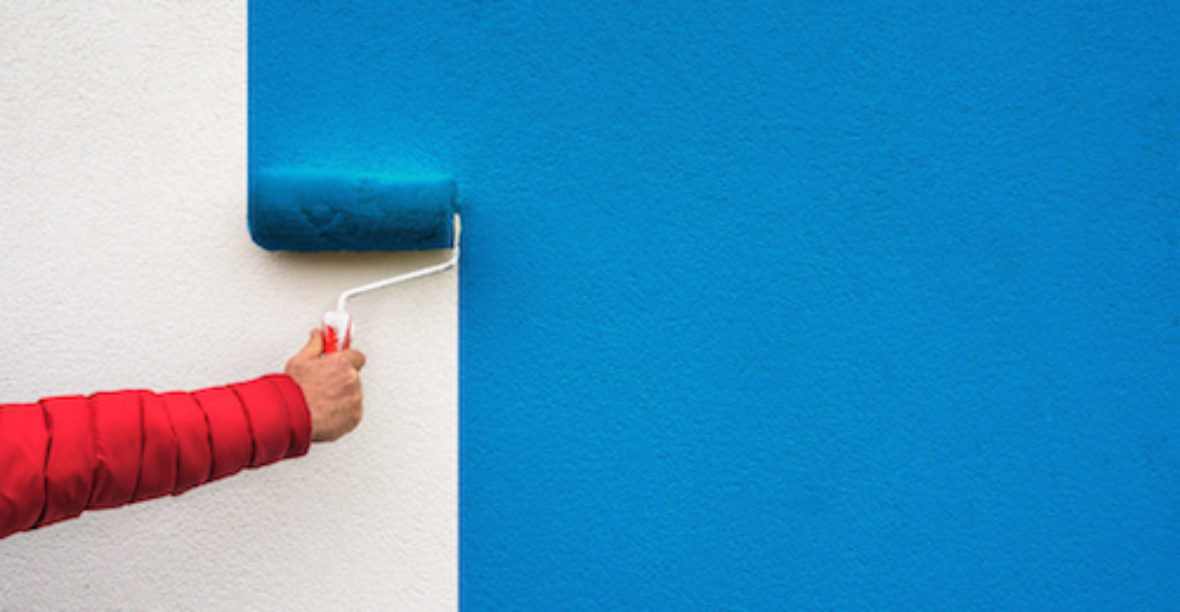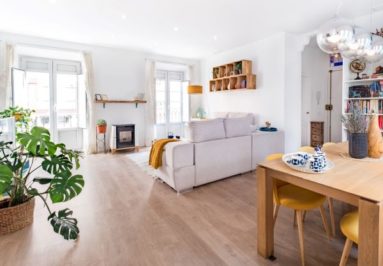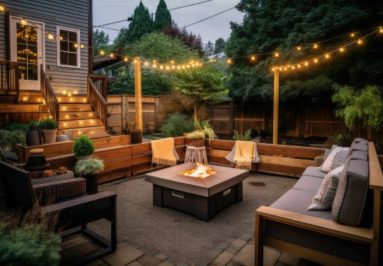Soundproof paint sounds almost too good to be true, and in some ways it is.
Haven’t heard of soundproof paint? It’s a very thick paint that takes about 72 hours to dry completely. When people hear the words “soundproof” and “paint” together, they probably think that their soundproofing prayers have been answered, because there may be a paint that can block sound transfer between rooms.
Unfortunately, this is not the case and soundproof paint is not actually soundproof. Now, we’ve mentioned this part before but we’ll do a quick review of the difference between soundproofing (also known as sound blocking) material and sound absorbing material.
Is Soundproof Paint Better for Sound Blocking or Absorption?
Sound blocking materials are dense and prevent noise from transferring between different spaces. For example, many hotels are built using a soundproofing wall membrane between guest rooms so that guests can’t hear their neighbors watching TV or talking. In this case the membrane is attached to the studs and then covered with drywall. By decoupling rigid materials and adding a dense product with mass, they can soundproof hotel guest room walls.
Sound absorbing materials, however, are porous and cannot stop the transfer of sound between spaces. Sound absorption products work to eliminate echo and reverberation within a space to help with speech intelligibility and volume. Typically, sound absorbing panels are installed in restaurants, clubhouses, conference rooms or any other place where speech intelligibility is critical.
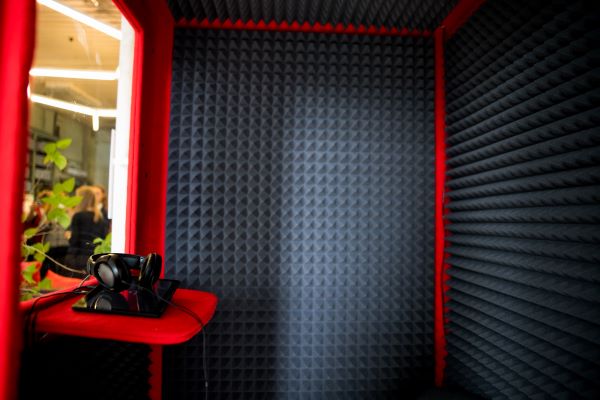
So in what capacity does soundproof paint work? This acoustic paint works for sound absorption, but not sound blocking. There really is no paint that is going to be able to block sound, no matter how thick it may be. If you aren’t adding real mass such as another layer of drywall or a soundproofing membrane, then you aren’t soundproofing a wall.
Correct Uses for Acoustic Paint
Now we can go over the situations in which soundproof paint would be useful:
- Echo control in rooms with limited carpeting or furniture
- Extra reverberation control (along with panels) in a home recording studio
- Perceived volume reduction in a room by reducing echo and reverb
Similarly, sound absorbing panels and other materials with noise reduction coefficients (NRC) ratings will help with sound absorption.
Incorrect Uses for Acoustic Paint
These are the situations in which soundproof paint would have little to no effect:
- Blocking noise transfer between adjacent rooms
- Blocking the noise from a loud next door neighbor
- Blocking noise coming through a door
- Reducing the sound of footfall from the floor above
Actual sound blocking materials include mass loaded vinyl, or anything with a sound transmission class (STC) rating.
The Science Behind the Paint
A lot of these “soundproof” paint brands have what they call thermacels mixed in with the pigments in the paint. When sound sound hits the thermacels, they act like the shocks on a bike and absorb the impact of the sound, therefore reducing echo. Even with all of this information about soundproof paint, it’s really not the best option for sounds absorption out there.
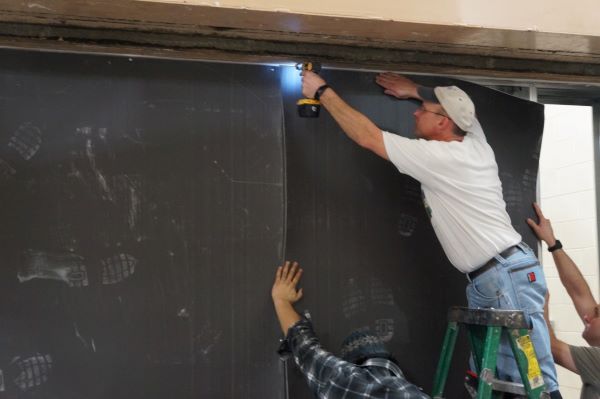
The reason that these acoustic paints really cannot block sound is because they’re going over existing drywall. In an ideal soundproof wall situation, you’d attach soundproofing material directly onto the studs before putting up any drywall. By placing a soundproof membrane, such as Wall Blokker, directly between the studs and the drywall, you are decoupling rigid materials.
We won’t go too deep into the science behind decoupling, but essentially sound can still easily travel through rigid materials that are touching. So, when sound moves through a wall it first hits the drywall, then moves through the studs and goes out the other side. This is why using one layer of soundproof membrane is much more effective than an extra layer of drywall, it breaks the connection that allows sound to travel easily.
In Conclusion – Using Soundproof Paint for Walls
Overall, depending on your budget and your sound issues, acoustic paint could be the right solution for you. Remember, don’t expect it to block any noise, so if you have noisy neighbors it will not reduce the noise you hear from them. It will however help with sound absorption, however if that’s your issue then you should strongly consider wall panels.

